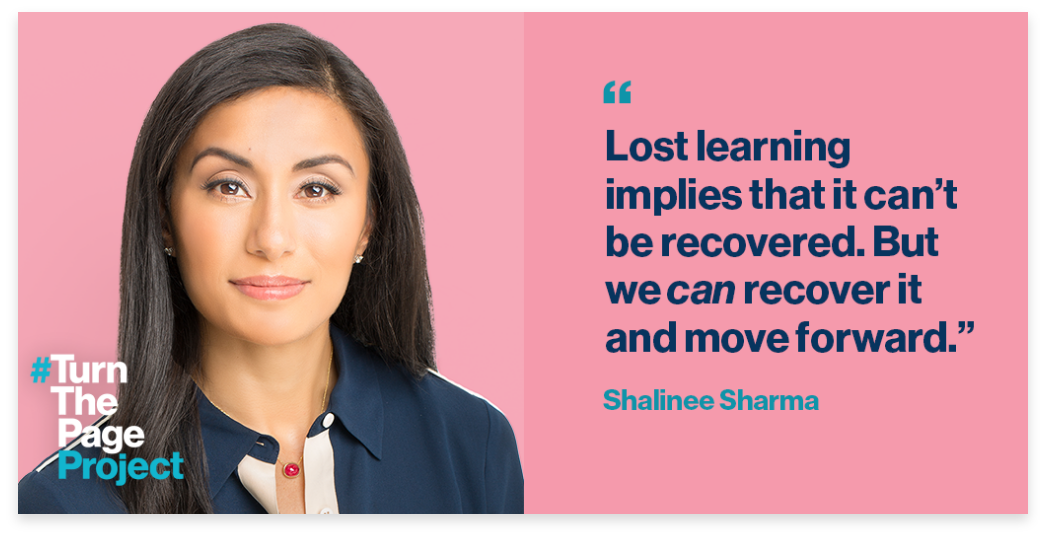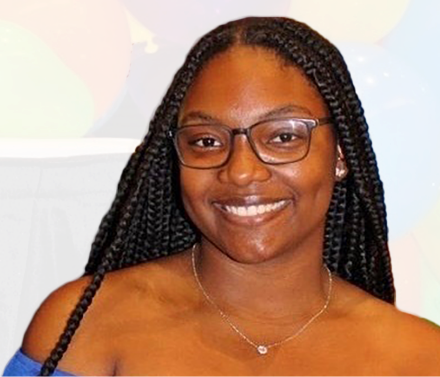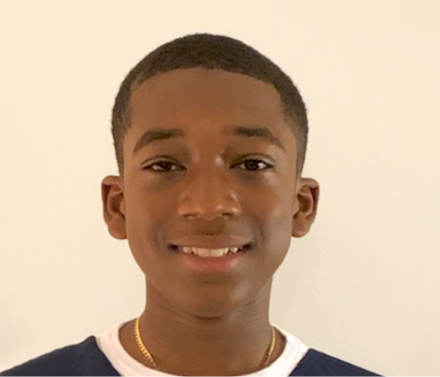Zearn is an online math platform that’s widely used in schools. You must have had a unique line of sight into how the pandemic affected students!
“We serve one in four elementary school students in the country. Big picture, the data shows in real time: What is the effect of the pandemic? Who’s learning? There was one simple finding: low-income students were disproportionately hit by the pandemic. A month after school closures, participation actually increased among students from higher-income families, but was still down for lower income and middle income families 52% and 30% respectively. Their schools were less likely to be in person, and then it all came down to device access. Low-income students couldn’t get devices, so the shock hit them harder when schools closed, and they never recovered.”
Lost learning implies that it can’t be recovered. But we can recover it and move forward.”
Educators will likely face significant learning losses when students return to school in the fall. How do we get kids back on track?
“I prefer the term ‘missed learning.’ Lost learning implies that it can’t be recovered. But we can recover it and move forward. As for how we do that, we recently published a report with The New Teacher Project with some groundbreaking findings. We looked at 2 million students across a hundred thousand classrooms and observed two different approaches for catching kids up. One group was teachers who chose remediation, ensuring students had mastered the basics before teaching grade-level content. So, for example, with students who had missed the back half of third grade, teachers went back and taught a lot of concepts from third grade before starting them on fourth grade content. The second group was teachers who chose “acceleration,” moving forward with grade-level content and just filling in knowledge gaps as needed along the way. There were two key findings. The first is that acceleration works better for students. They learn more content. And the second is that acceleration is less confusing for students. They struggle less. In fact, students who received “accelerated” instruction completed 27% more grade-level lessons than students who received remediation–and it was particularly effective for students of color and those from low-income families. So, how do you set up kids to feel hopeful this fall? You start them on grade-level and use these acceleration strategies.”

SHARE Shalinee’s STORY!
This is a moment where real change feels possible. How could we reimagine the way we teach math?
“The reality is that for most parents and kids, math doesn’t make sense. What’s so ironic is that math actually does make sense. It’s the universal axiom for how the whole universe works. The problem is that we present math as a series of procedures, a series of card tricks to memorize. That’s really hard to understand and doesn’t make sense. But when we present math as a few big ideas, and we show it to you in pictures, it can make sense. We want students to love learning math and feel engaged. I know for sure that all kids are math kids. If we continue to put the effort in as adults—policy makers, leaders, CEOs, teachers, parents—we will make all kids math kids, and that will change the world.”







